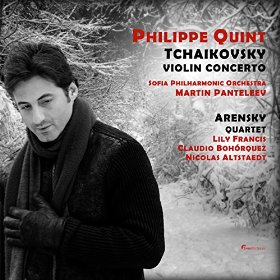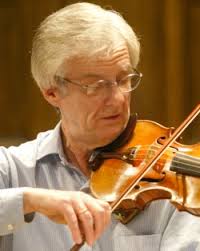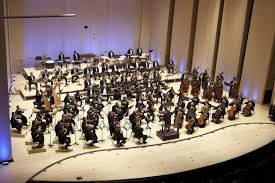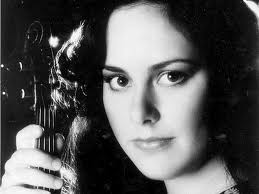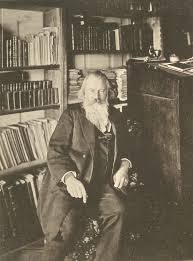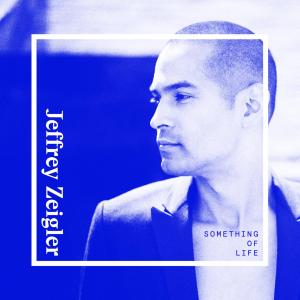 Cellist Jeffrey Zeigler’s debut solo album, Something of Life, came out last month. The recording, produced on the Innova label, features dynamic contemporary music by Paola Prestini, John Zorn, Philip Glass, Gity Razaz, Glenn Kotche, and Felipe Pérez Santiago. Zeigler recently left the Kronos Quartet after eight seasons to focus on a solo career, teaching, and family.
Cellist Jeffrey Zeigler’s debut solo album, Something of Life, came out last month. The recording, produced on the Innova label, features dynamic contemporary music by Paola Prestini, John Zorn, Philip Glass, Gity Razaz, Glenn Kotche, and Felipe Pérez Santiago. Zeigler recently left the Kronos Quartet after eight seasons to focus on a solo career, teaching, and family.
Paola Prestini’s Listen, Quiet, first performed in 2010, is a multimedia work which blends percussion, amplified cello, and electronic sounds with film and other visual elements. The composer offers the following description of the piece at her website:
“Listen, Quiet” explores the way I feel about water in my life: it nurtures, heals, separates. The work is based on recorded private conversations that struggle with live performance. The piece was inspired by the third panel in “Going Forth By Day” a multi-channel work by Bill Viola. In this specific video panel, water accumulates throughout the thirty minute cycle, and eventually, washes out an entire home, its memories, delusions, stories. The work is divided in two halves.
Listen: I had recorded an artist’s voice this past summer who was dealing with a great deal of pain, thinking that this work would eventually ease her pain, and illuminate her vicious cycle. The work assigns roles to each player: the cellist narrates, the percussionist is the perpetrator and symbolizes the indifference, at times, of life; the manipulated voices recount her story, and the natural elements eventually wash away her voices, leaving only sounds of nature. Perhaps easing the pain, perhaps narrating that these stories are in fact, the everyday, and they are cyclical.
Quiet: is a hymn to voices from my childhood, of my mother. They tell a story of magic, and of the memories that shaped us both.
This work includes staging, video design, a glass sculpture, and sound design.
In Listen, Quiet, the cello provides a mournful and sometimes anguished voice. At times it suggests the passionate, spontaneous intensity of a rock electric guitar (listen around 7:10). Repeated percussion patterns in the first section of the piece give way to a three note ostinato bass line in the second section:
John Zorn’s Babel suggests the edgy, ferocious rhythmic drive of Heavy metal. Listen to the harmony suggested by a rich array of overtones:
The recording also includes Gity Razaz’s Shadow Lines, Philip Glass’ Orbit (which gives a nod to solo Bach), Glenn Kotche’s Something of Life, and Felipe Pérez Santiago’s Glaub.
Jeffrey Zeigler’s Something of Life album showcases some of the exciting, brand new music which is emerging from the New York avant-garde scene. This is music which combines electronic and acoustic elements to reflect the unique sound of the twenty-first century. It will be fun to see how Zeigler’s future recordings follow up on this debut CD.
[unordered_list style=”tick”]
[/unordered_list]

